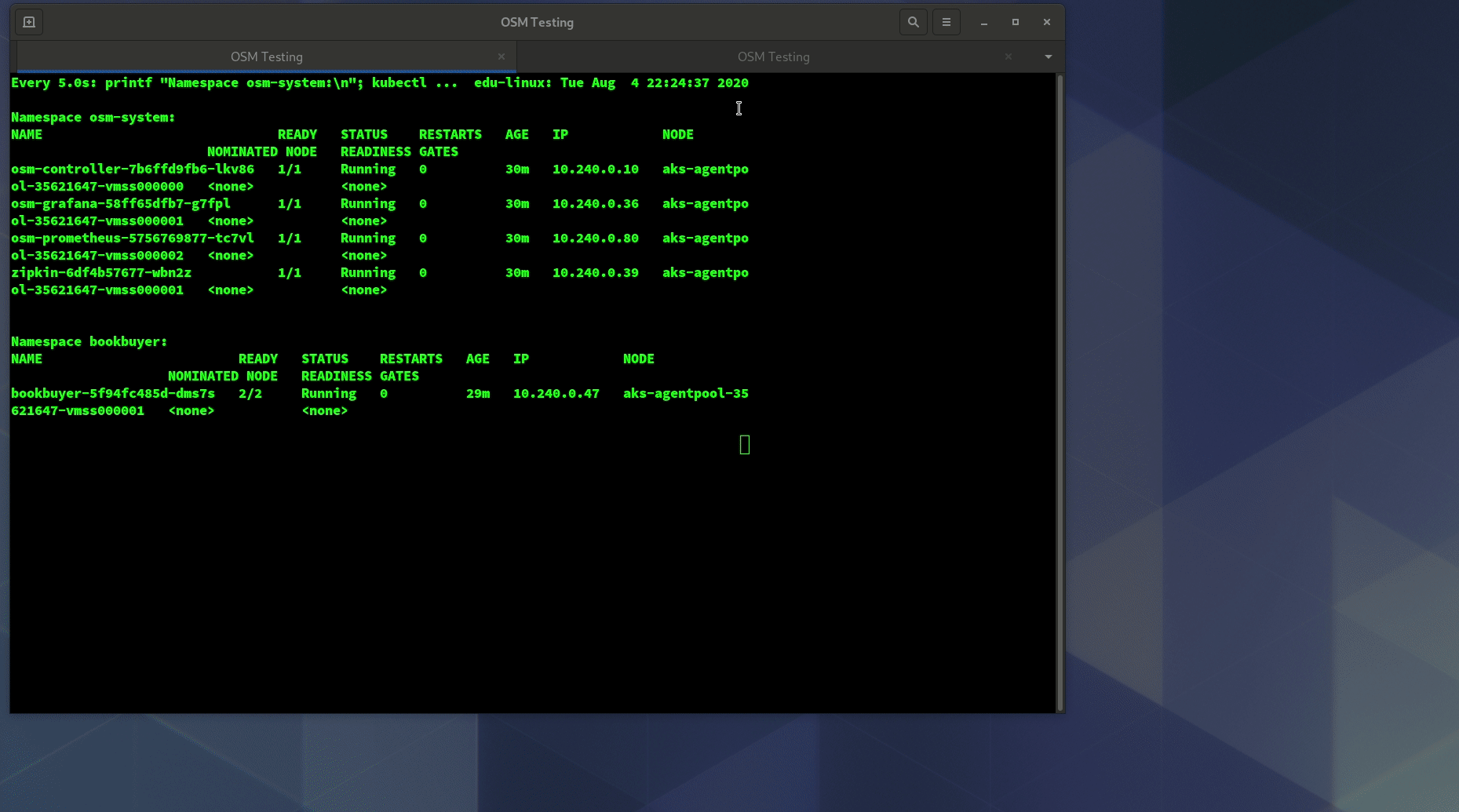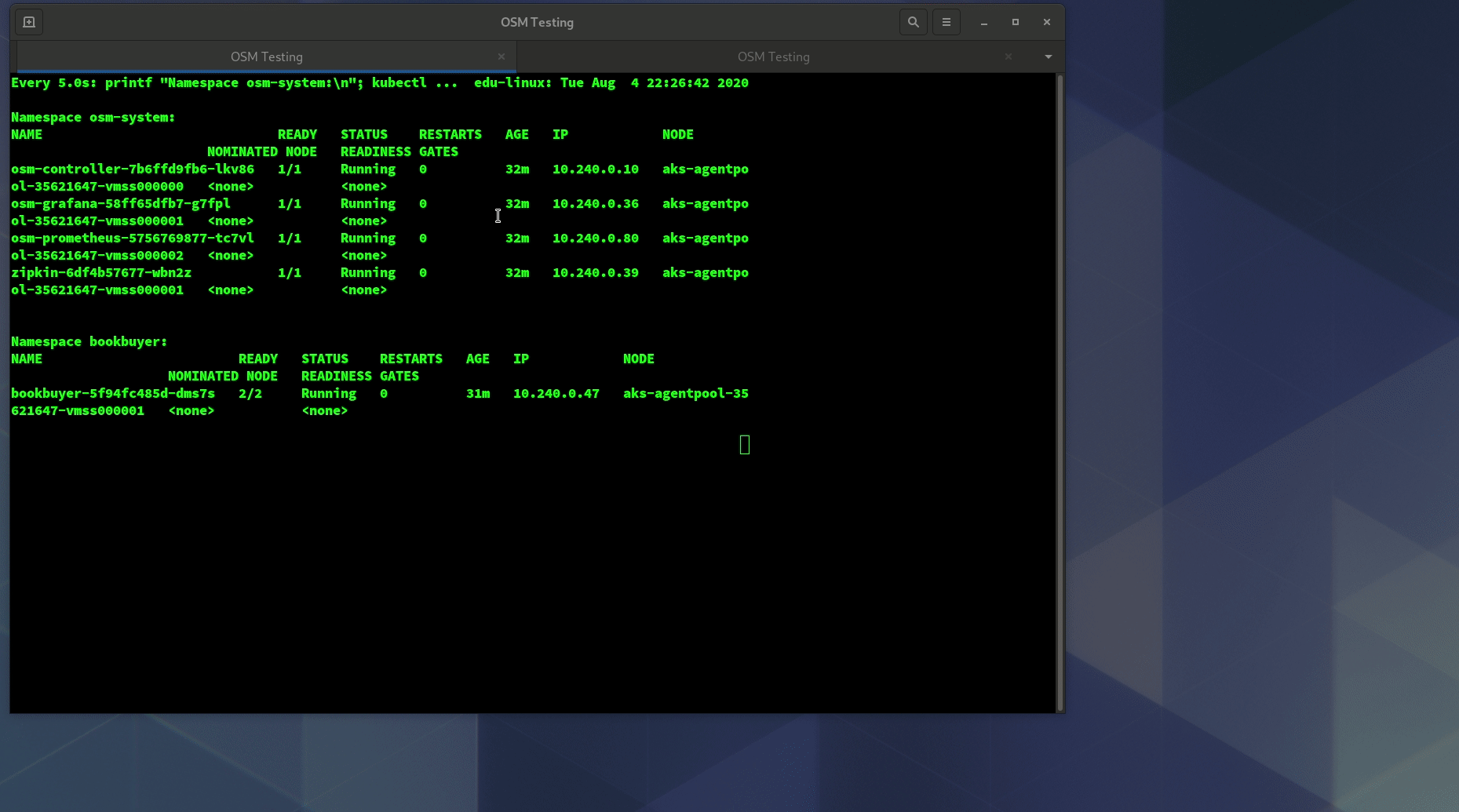Microsoft today announced the launch of a new open-source service mesh based on the Envoy proxy. The Open Service Mesh is meant to be a reference implementation of the Service Mesh Interface (SMI) spec, a standard interface for service meshes on Kubernetes that has the backing of most of the players in this ecosystem.
The company plans to donate Open Service Mesh to the Cloud Native Computing Foundation (CNCF) to ensure that it is community-led and has open governance.
“SMI is really resonating with folks and so we really thought that there was room in the ecosystem for a reference implementation of SMI where the mesh technology was first and foremost implementing those SMI APIs and making it the best possible SMI experience for customers,” Microsoft director of partner management for Azure Compute (and CNCF board member) Gabe Monroy told me.
He also added that, because SMI provides the lowest common denominator API design, Open Service Mesh gives users the ability to “bail out” to raw Envoy if they need some more advanced features. This “no cliffs” design, Monroy noted, is core to the philosophy behind Open Service Mesh.
As for its feature set, SMI handles all of the standard service mesh features you’d expect, including securing communications between services using mTLS, managing access control policies, service monitoring and more.
There are plenty of other service mesh technologies in the market today, though. So why would Microsoft launch this?
“What our customers have been telling us is that solutions that are out there today, Istio being a good example, are extremely complex,” he said. “It’s not just me saying this. We see the data in the AKS support queue of customers who are trying to use this stuff — and they’re struggling right here. This is just hard technology to use, hard technology to build at scale. And so the solutions that were out there all had something that wasn’t quite right and we really felt like something lighter weight and something with more of an SMI focus was what was going to hit the sweet spot for the customers that are dabbling in this technology today.”
Monroy also noted that Open Service Mesh can sit alongside other solutions like Linkerd, for example.
A lot of pundits expected Google to also donate its Istio service mesh to the CNCF. That move didn’t materialize. “It’s funny. A lot of people are very focused on the governance aspect of this,” he said. “I think when people over-focus on that, you lose sight of how are customers doing with this technology. And the truth is that customers are not having a great time with Istio in the wild today. I think even folks who are deep in that community will acknowledge that and that’s really the reason why we’re not interested in contributing to that ecosystem at the moment.”
[ad_2]
Source link




